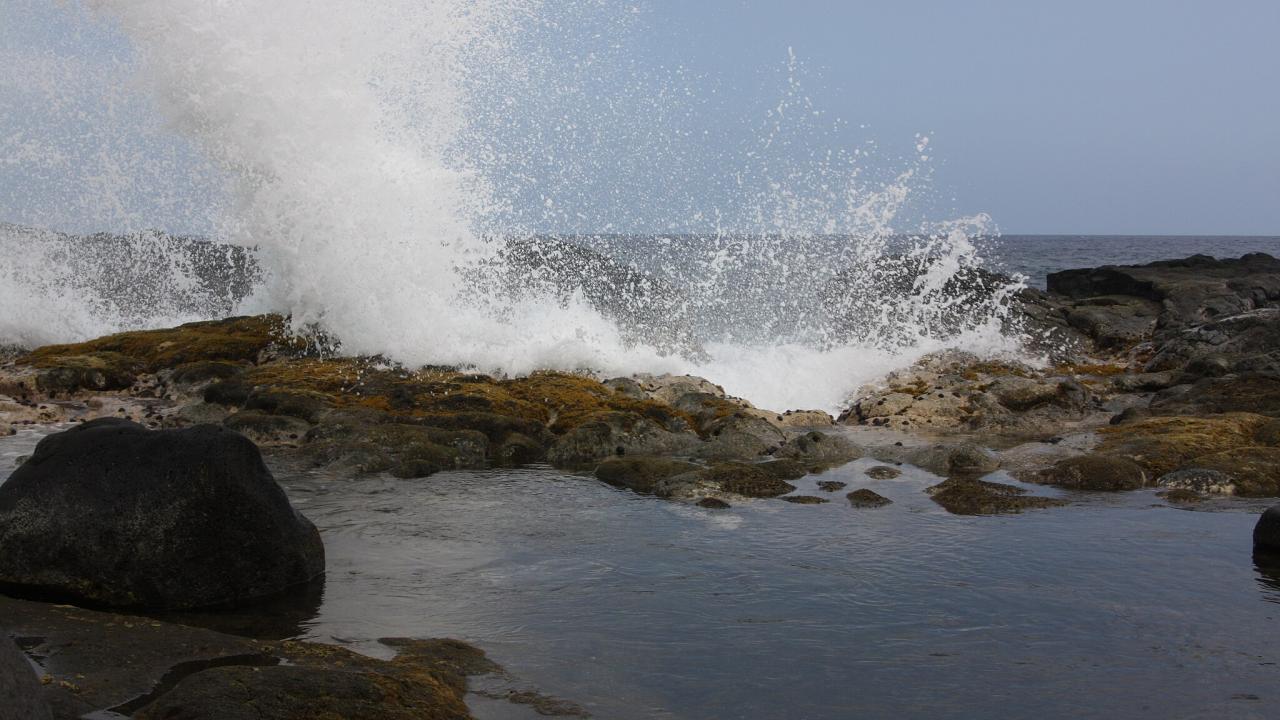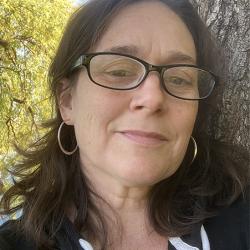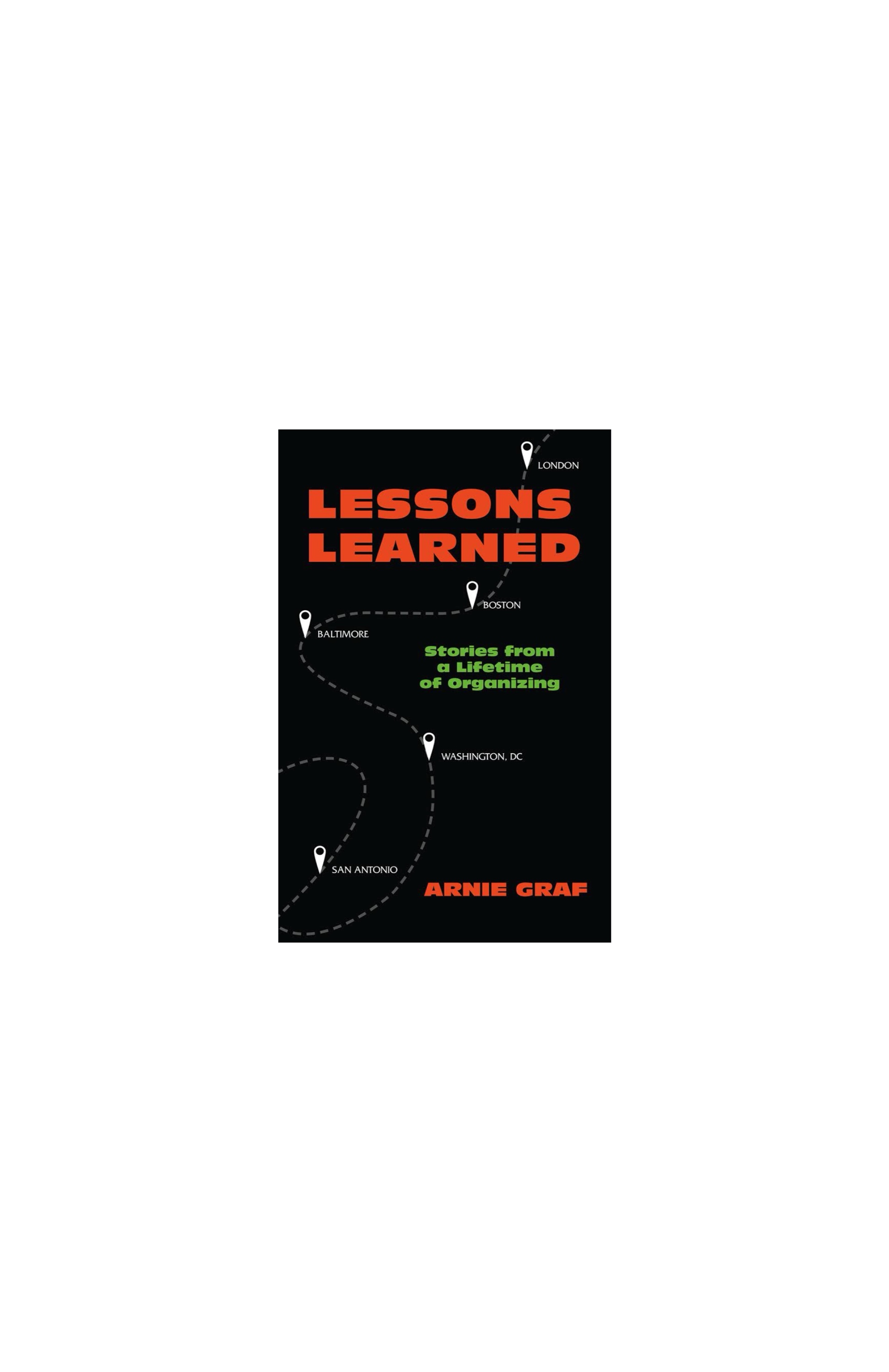Kaiāulu: Gathering Tides is an expertly crafted and narratively compelling story of community and organizing. Kaiāulu is beautifully written, and it captured me. I was a visitor to Kauaʻi on a trip with my family when this book found its way to me. We were tourists, uninvited guests, but we tried to tread softly and respectfully. The trip offered us deep renewal and connection to one another when we very much needed it. I also found in the narrative a renewal of thinking. It sparked new reflection about my relationship to the places I call home, about organizing for the future rooted in joy, survival, and history, and about how we tell organizing stories to capture learning and build for our collective future.
In this rich narrative, author Mehana Blaich Vaughan tells the story of a place she loves and the people who care for it, rely on it, and fight for it. Perhaps most important for community organizers, the book is a gathering of lessons about how to generate strategy, sustain movements, and persist together in the face of loss and struggle.
Kaiāulu begins with mourning, and the thread of grief is sewn throughout the book. Vaughan gives careful attention to brutal losses that give rise to organizing work. Readers who are not deeply familiar with the landscape of public policies and private actions, historic and contemporary, that drive the displacement and dispossession of Hawaiʻian people—and I would include myself in that group before reading this book— will get a robust education. But above all, this book is a story of sustenance.
The book centers on two districts (moku) that stretch from the mountains to the ocean on the north shore of the island of KauaʻI in Hawaiʻi. The author grew up where these two districts meet, and she lives there still with her family. She describes, with loving detail and vivid personal context, the work of a community across generations to maintain connection and mutual care between themselves and the land and sea. This relationship, as she explains, is a balance of rights and responsibilities that is not honored in imposed systems of private ownership, corporate resource extraction, private actions by landholders and speculative developers, or government resource management.
Within the rich narrative, Vaughan recounts a decades-long organizing effort. The campaign was led by fishing families in the community of Hā ʻena alongside advocates, organizers, academics, and scientists. Through organizing and advocacy, they fought to reassert a measure of local community governance over the fishing waters the families have stewarded for generations. It is an effort to gain community control outside the context of ownership.
In the book, Vaughan navigates a complex role. She is storyteller and participant, witness, and advocate. She is writing about her home, her Native Hawaiʻian community, and about work in which she has a stake. But she is very careful about how she places herself within that work. Her family is not among the fishing families who lead the organizing, although she is descended from a grandfather who fished other seas off the island of Hawaiʻi. She is not an organizer. She is a teacher, a researcher, and an advocate, as well as a daughter, a mother, and a community member. She describes herself as a “story gatherer.” She writes, “I have been taught that storytelling, listening to people’s experiences then sharing them distilled to their essence, like gathering flowers then making a lei, can help people see places and one another in new ways.” When I first read the book, I was struck by the care and intention that shines through the text regarding how Vaughan does and does not place herself within the story. “I write,” she says, “to bear witness to the changes I have seen and to honor the families who endure.”
The fishing families and their allies crafted and won a campaign, using the tools of policy change and administrative advocacy, to adapt state-run systems of resource management to reflect generations of knowledge and relationship with the ecosystem. It is an example of the transformative work considered in Ben Palmquist’s article for The Forge, “Building Bottom-Up Democracy Through Co-Governance.”
Palmquist writes, “Administrative governance may be less flashy than electoral politics, but it is the site of critical decisions. . . . It is thus both vitally important in people’s lives and a powerful potential site for organizing.” Vaughan’s book is situated in this powerful space of organizing.
In the chapters that delve into the organizing effort, Vaughan details the campaign to create local-level fishing rules based on ancestral practices and translate them into law. The campaign required both passing legislation and crafting administrative policies and practices.
She takes an open-eyed look at both the power and the limitations of strategically applying community values and ancestral practices to state-imposed processes. This kind of change-making is slow and painstaking, achieved through building authentic relationships with decision-makers, collecting and analyzing data, and taking part in solid grassroots organizing. Vaughan honestly recounts the exhaustion and struggle imposed by persisting through the many hurdles placed by bureaucratic processes and well-funded opposition, as well as the pain of the compromises imposed by the limits of administrative processes—even as the organizers stretched those limits beyond previous imagination. The story of the final hearing on the rules will feel familiar to organizers who have poured their hearts and years into campaigns.
The experience of reading the book feels like entering its own interconnected ecosystem. The interviews, history, observation, and reflection are crafted into a narrative whole with an apparent ease that is very difficult to achieve in practice. It is a patient book—and it should be read with patience. An organizer who picks up the book after this review might find themselves anxious to get to the details of the campaign. But the initial chapters are foundational. They give the reader a deeper understanding of the intertwined relationships of people and place, the mechanisms and scale of dispossession, and the context for the strategies and tactics of the organizing effort.
Reading Kaiāulu, I was reminded that the stories we tell of our campaigns should be abundant and lush with detail and history. In Kaiāulu, you will not find the singular hero’s journey. There is no one charismatic campaigner who emerges triumphant. As an organizing narrative, the book tells a collective story. I believe we need more of these. In my own experience, many ordinary people do extraordinary things in the context of organizing. When we elevate one heroic leader, we can make the contributions of many others invisible. In doing so, we can limit how readers and listeners can imagine themselves as part of that story or another future story of fighting for and winning the just and healthy world we all deserve.
Kaiāulu: Gathering Tides is, in and of itself, an ongoing act of resistance. The book is informed by more than 80 interviews and conversations with community members, whose names are listed and honored in the opening pages. Many of those whose names are listed had passed away by the time of publication. Their stories are lovingly cared for in the text as an offering to readers and future generations. “In this book,” writes Vaughan, “I offer stories of elders and their families, not as history, but as lessons. In teaching us to learn from the past, stories are told to shape the future.” All proceeds from the book fund the organizing, advocacy, and community work of Kī puka Kuleana, an organization the author co-founded that protects ancestral lands.
Kaiāulu is not a new book. It was published in 2018. But it offers an enduring narrative, and it is continuing to find its way into more hands and minds. The Hawaii Board of Education has ordered 500 copies for public school teachers. I hope that organizers embrace this book as a text with lessons for all of us to apply to our own work in the places we call home.





